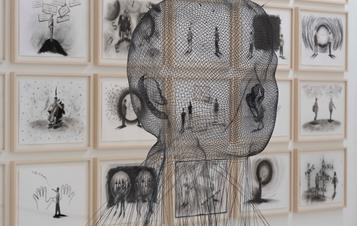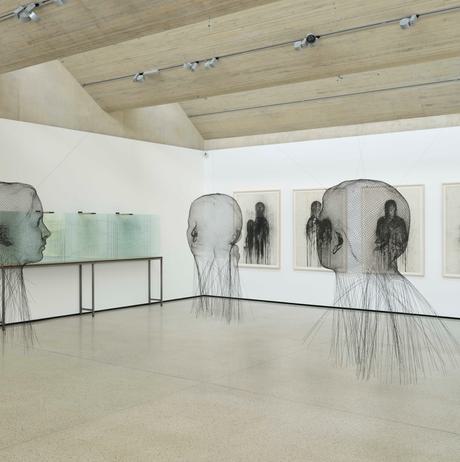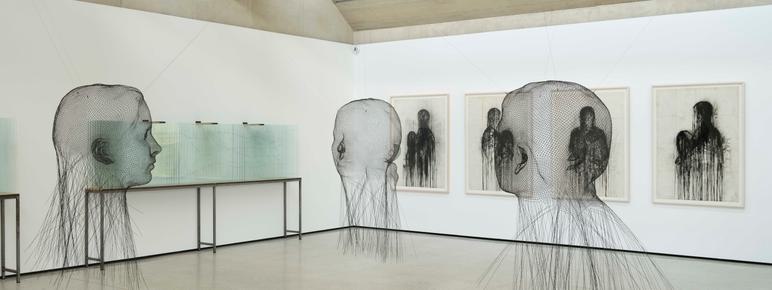
About Jaume Plensa: In small places, close to home
Weston open Tuesday - Sunday and Bank Holidays, 10.00- 17.00
Chapel open daily, 10.00- 17.00
“As a sculptor, I always need to collaborate with other people to bring my work to life, but when I draw, my work flows directly from my brain and my heart onto my hands and the paper. Drawing is an incredible laboratory where you can develop intuitions – I feel much more free than when I am working with sculpture. Drawing is a place for freedom.”
In small places, close to home comprises two complementary installations of drawings that convey the richness of Plensa’s drawing practice. It highlights the artist’s devotion to a medium that embraces many materials and processes including collage, etched glass, industrial paints and solvents, and extends into three dimensions via wire drawings in space. Like his sculpture, Plensa’s drawing investigates the human condition and dreams of more progressive and united global futures, exploring opposing concepts such as language and silence, darkness and light.
The exhibition is presented in collaboration with the Picasso Museum, Antibes, and Galerie Lelong & Co. Paris/New York, and alongside a survey publication of Plensa’s drawings published by Skira.
Works displayed in The Weston Gallery reflect Plensa’s belief in the importance of embedding human rights in political systems and of unifying diverse cultures, ages, genders, faiths, and ethnicities.
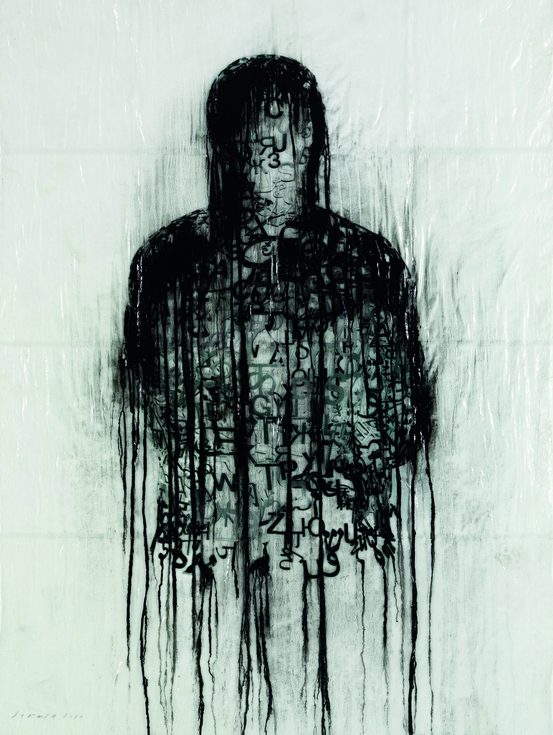
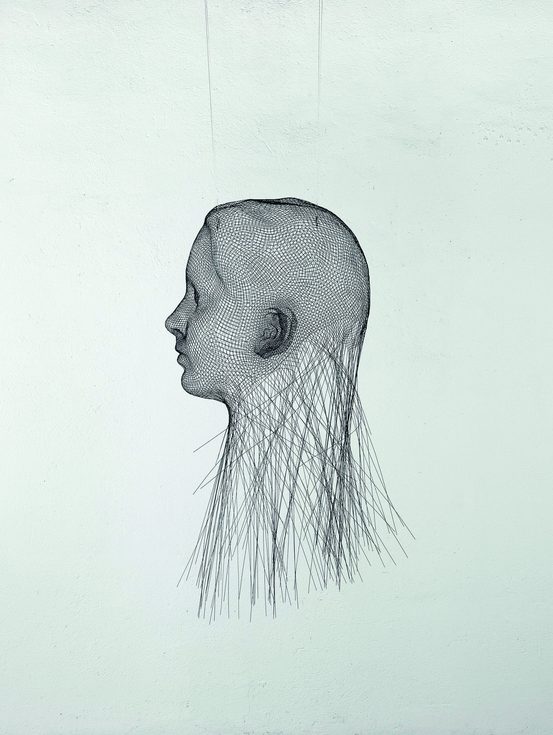
Face (2008) is a series featuring portraits of people from across the globe, taken from the artist’s collection of old geography and anthropology books. Their images are melded with excerpts from the Universal Declaration of Human Rights, which Plensa describes as “the most beautiful poem in the world” as it expresses a human desire to be better despite our imperfections.
Shown in real life for the first time is April is the Cruellest Month (2020-21), a group of 28 drawings made during lockdown, that addresses universal psychological reactions to the pandemic, such as panic and anxiety, through an intensely personal lens. Like a visual diary, together they offer an intimate view into the artist’s thinking and fragility during this unprecedented period.
Plensa also explores adding volume to drawing with etched bodies onto 3.7-metre-long layered glass slabs in Continents I & II (2000), and the suspended wire heads of Invisibles (2016) that he says, “embolden the presence of the drawings on the walls”.



The exhibition continues in the 18th century Chapel where it resonates with its qualities as a spiritual and meditative place. Facing each other in silent communion in the nave are two sublime marble sculptures of girls’ heads with closed eyes that imply optimism for a world community and hope for a shared humanity. Their skin is covered with letters from different world alphabets, a motif that Plensa often uses to suggest the importance of togetherness whilst retaining their own richly unique cultural identities.
Adorning the walls are the dark forms of Anònims (2003), a series of 16 large-scale drawings. Shadowy, almost human-sized bodies with unknown faces stand as ciphers for generations, a community of souls. On the altar wall, works from the Continents (2003) series portray bodies as maps and geographies, and in the Chapel Garden visitors can walk inside the four-metre-high sculpture White Nomad (2021), its body made up of a fretwork of letters.
Visitors to YSP enjoyed Jaume Plensa’s hugely popular exhibition in the Underground Gallery and outdoors in 2011, and the ongoing presence of Wonderland (1993) on the exterior wall of the Visitor Centre, which was joined in 2017 for YSP’s 40th anniversary by the stunning seven-metre-high Wilsis (2016) overlooking the Lower Lake. This new exhibition marks a welcome return for the much-loved artist after over a decade.
Known for his monumental public art projects across the world, including London, New York and Seoul, Plensa has a long career creating inclusive and meaningful interactions between art and audience. An illustrated publication which documents the project as well as some of the seminal works by Plensa that YSP has shown since 2011 will be available shortly after the opening.
The exhibition is supported by Galerie Lelong & Co. Paris/New York and GRAY, Chicago/New York.
You might also like
More
Jordy Kerwick: One to Give. One to Take Away
–Jordy Kerwick’s fantastical creatures come to life in sculpture and paintings in The Weston Gallery and outdoors.- Art Outdoors
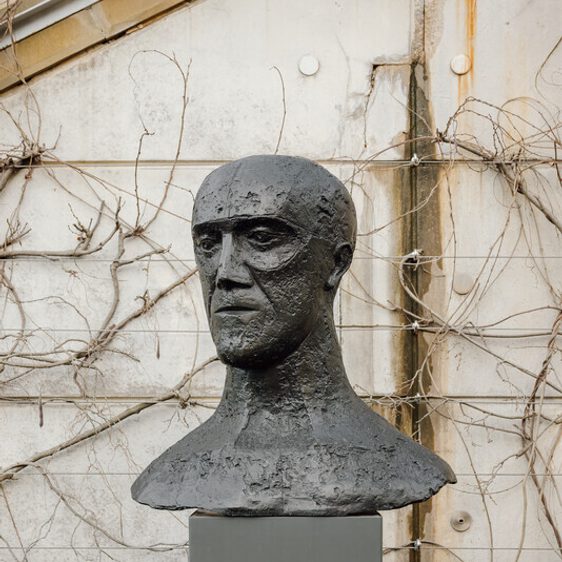
Elisabeth Frink: In Memorium II
Frink succeeds in capturing a sense of defiance with In Memoriam II as the features of the figure express great sadness but also a sense of dignity. - News

The Weston Restaurant named winner of Trip Advisor Travellers' Choice Award
28 September 2023 - Event

Vegan at The Weston
Enjoy a delicious five course plant-based menu at The Weston to mark the end of Veganuary.




